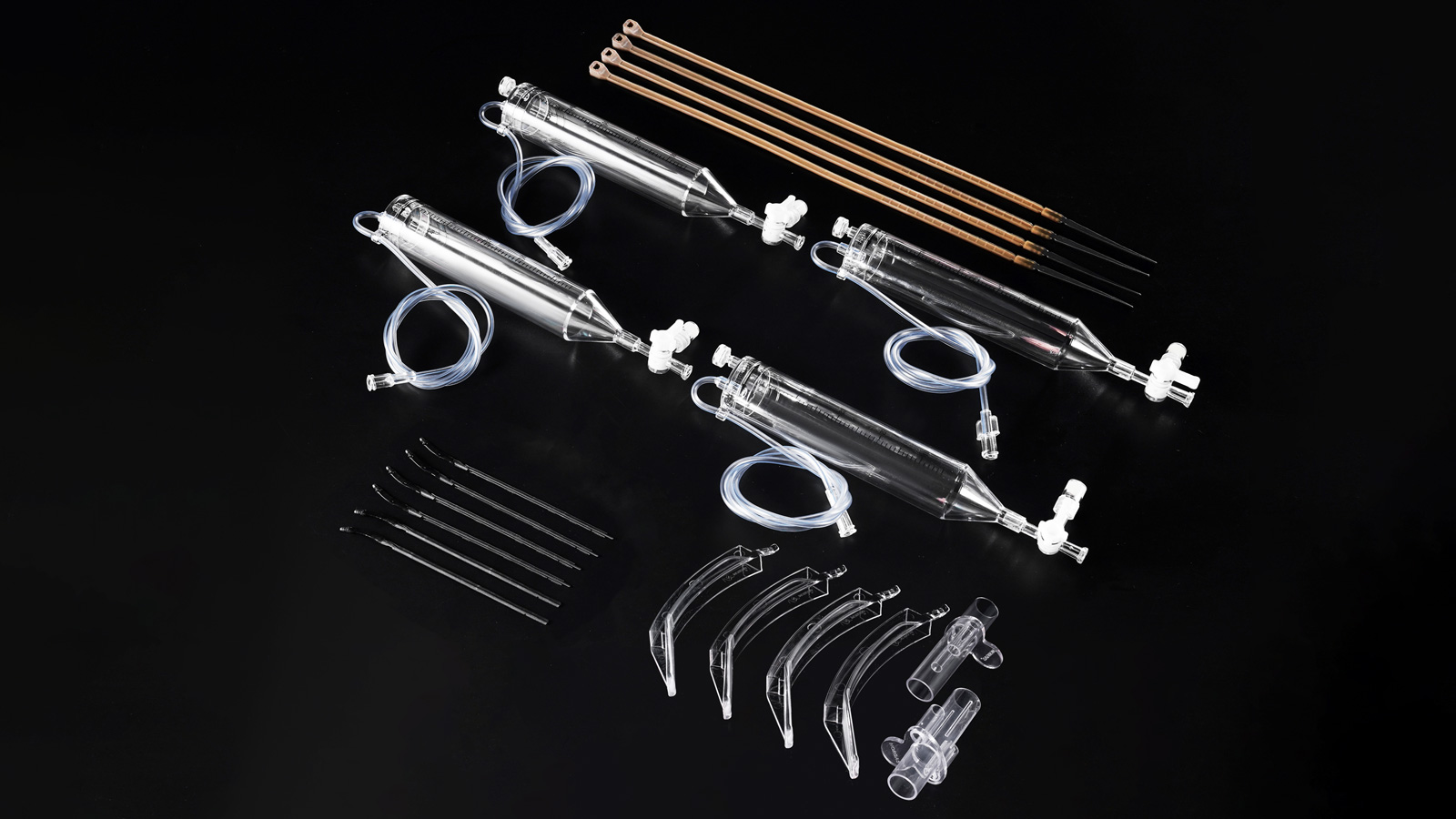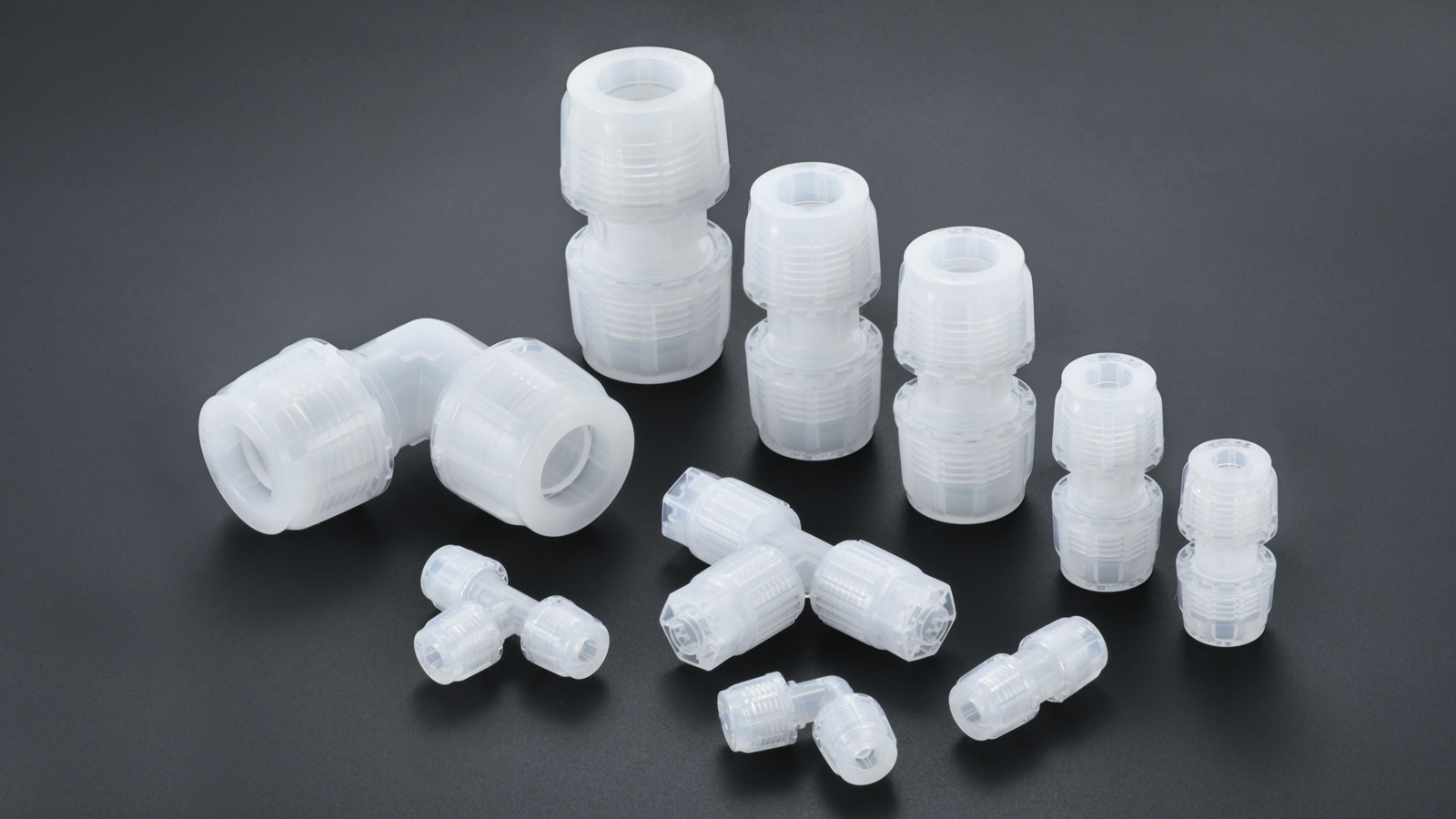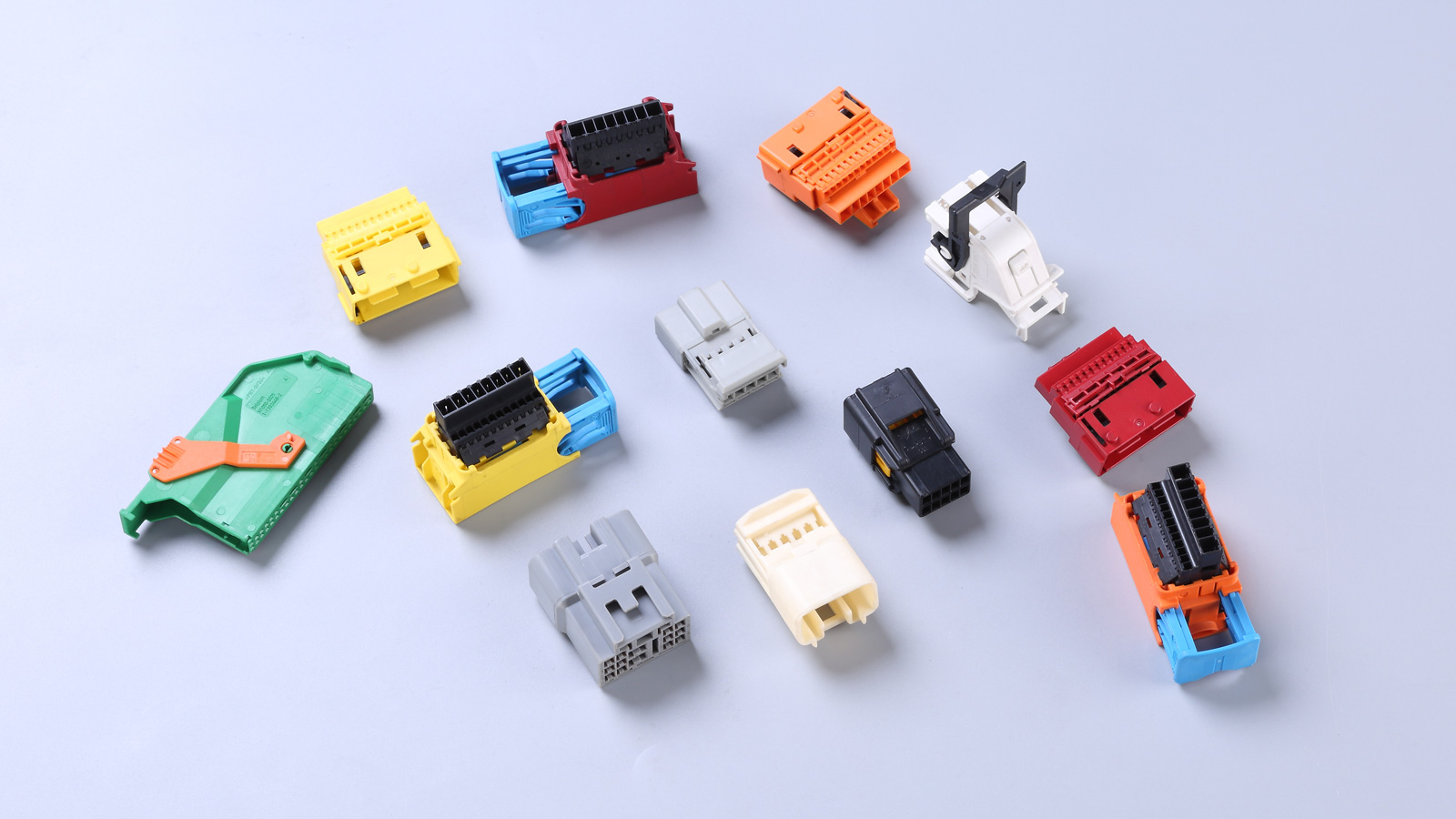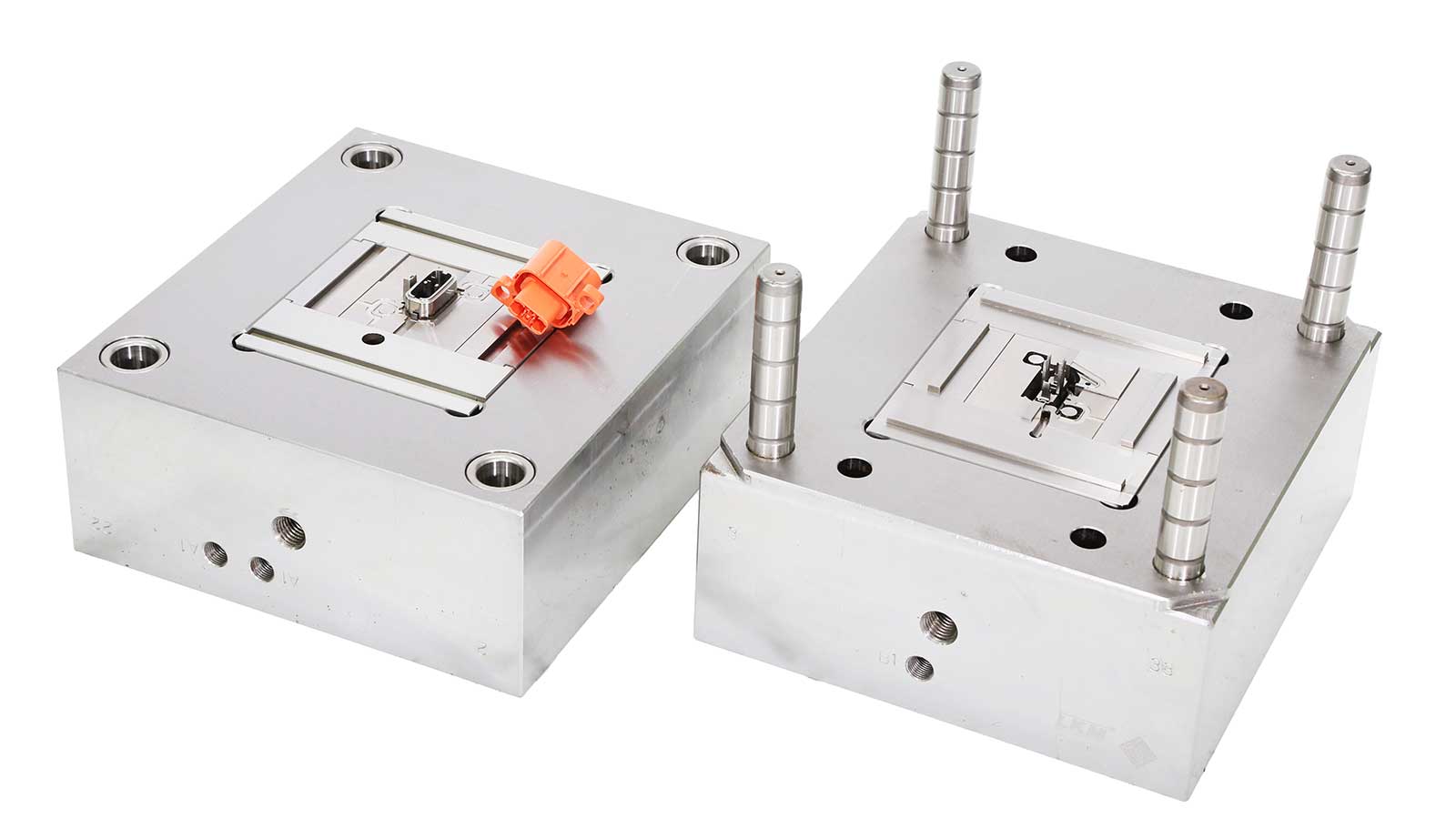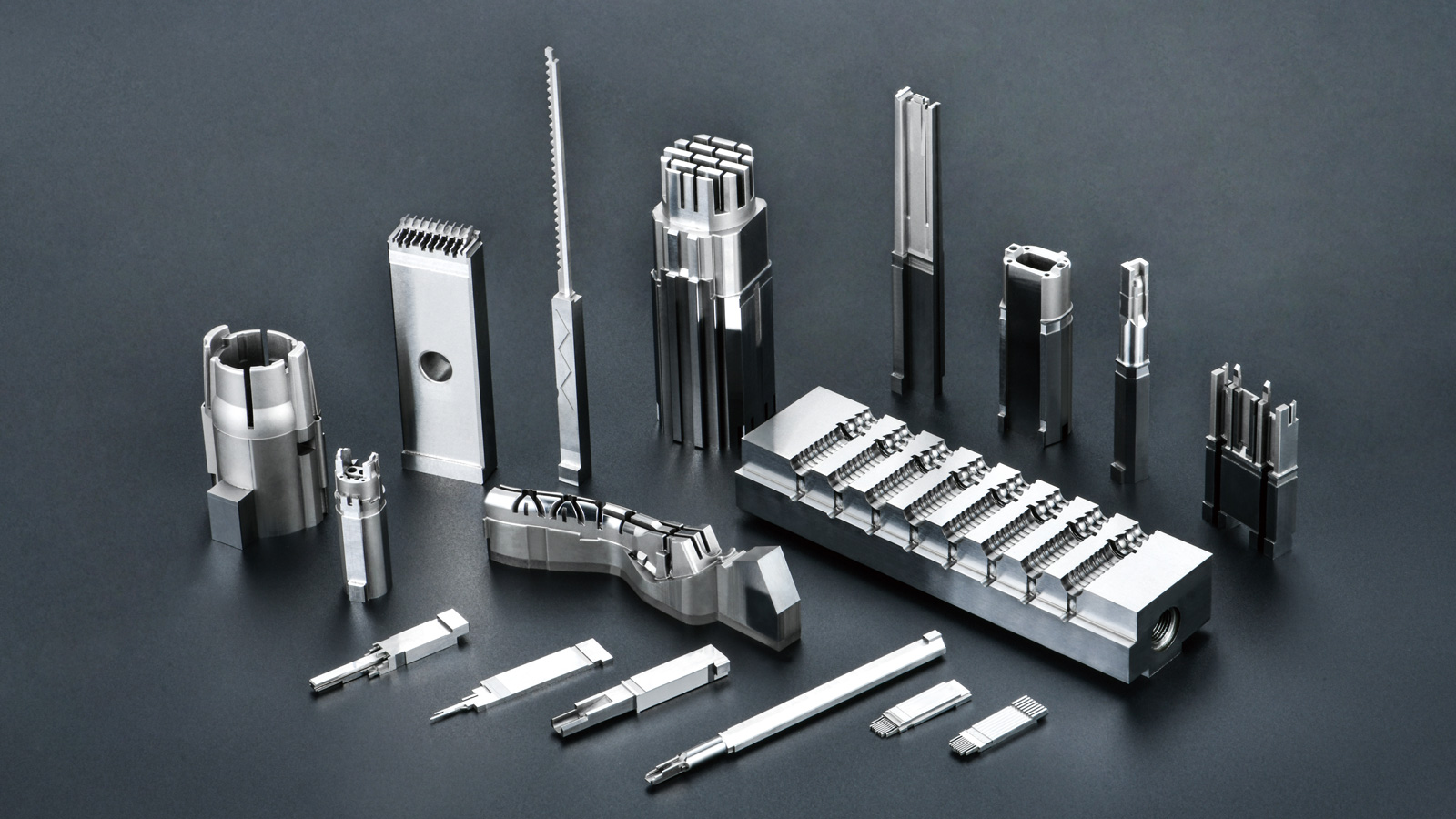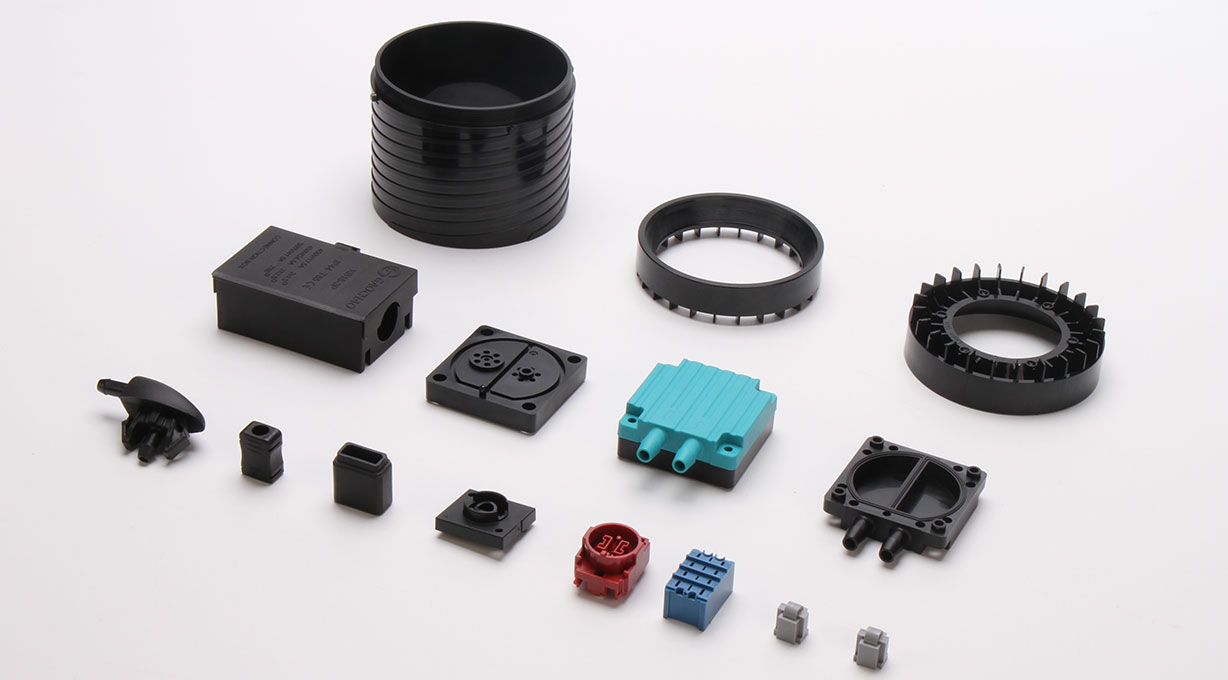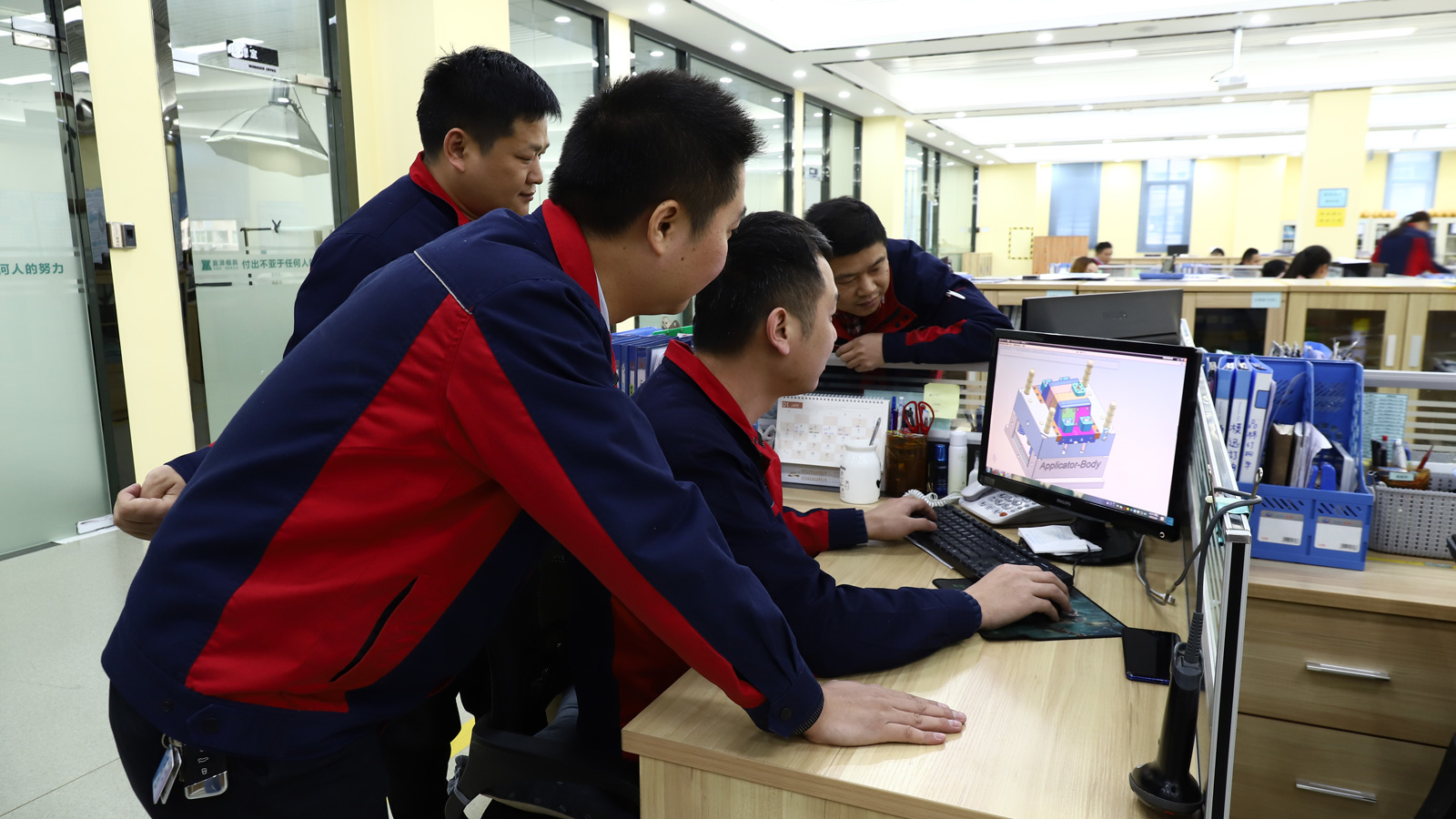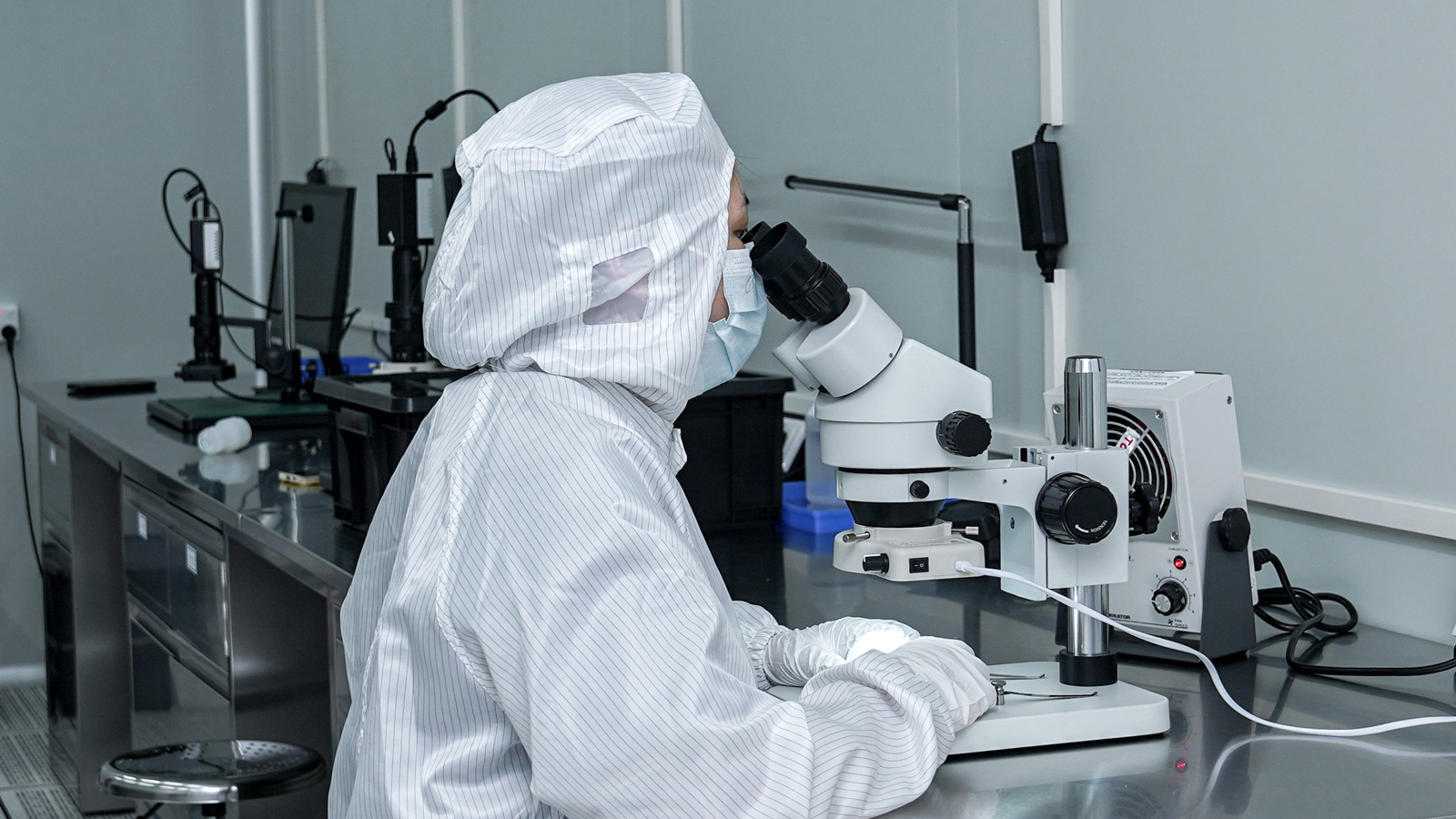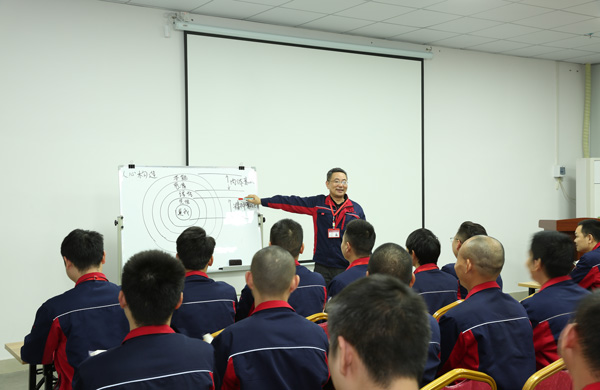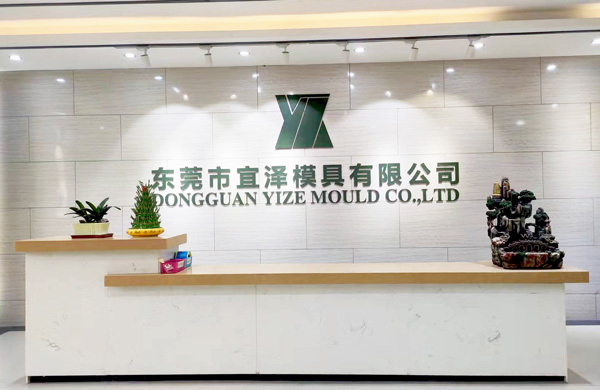Packing pressure in plastic injection molding is a critical factor determining product quality. Its core objective is to precisely control the pressure distribution and duration of molten resin within the mold cavity to achieve shrinkage compensation, dimensional stability, and minimize residual stress. This article systematically elaborates on the methods for setting packing pressure from three dimensions: process principles, parameter optimization, and design collaboration.
1. Essence and Core Value of Packing Pressure in Plastic Injection Molding
After the mold cavity is filled with molten resin, packing pressure is applied to push the screw forward, continuously injecting resin to compensate for volume shrinkage caused by cooling. This process directly impacts the final dimensional accuracy and physical properties of the product:
- Shrinkage Rate Control: Packing pressure inhibits molecular chain relaxation-induced shrinkage by maintaining a pressure gradient within the mold cavity. Experimental data show that for polypropylene (PP) materials, a 10% increase in packing pressure can reduce shrinkage by 0.3%-0.5%.
- Residual Stress Management: Improper pressure distribution can lead to non-uniform molecular chain orientation, causing product warpage or cracking. For example, thin-walled parts are prone to internal stress concentration due to insufficient local pressure.
- Surface Quality Optimization: Stable packing pressure eliminates vacuum zones near weld lines, preventing surface depressions or silver streaks.
2. Collaborative Optimization Strategies for Packing Parameters
The setting of packing pressure and time must be based on a comprehensive analysis of material properties, product structure, and mold design. The core principles are as follows:
(1) Pressure Gradient Control
- Pressure Decay Design: Adopt a multi-stage packing curve with pressure gradually decreasing from the gate to the distal end (typically a 20%-30% reduction) to avoid overpressure at the gate area causing flash or molecular chain fracture. For example, for a product with a thickness ratio of 1:3, the pressure near the gate can be set at 85% of the injection pressure, decreasing to 65% at the distal end.
- Dynamic Pressure Compensation: Use pressure sensors to monitor mold cavity pressure in real-time and combine PID algorithms to dynamically adjust screw position, ensuring pressure fluctuations are controlled within ±2%.
(2) Time Parameter Matching
- Coupling of Cooling Time and Packing Time: Packing time should cover 90% of the cooling process within the mold cavity. For a 5mm-thick ABS product, the typical packing time is 15-20 seconds, which should be verified through infrared thermal imaging of the mold cavity temperature field.
- Gate Freezing Time Calibration: Use CAE simulations (e.g., Moldflow) to predict gate freezing time, ensuring packing ends before the gate completely solidifies. For example, for a side gate with a diameter of 2mm, the freezing time can be estimated using the formula T=d²/α (α being the thermal diffusivity), with a 10%-15% safety margin.
(3) Gate System Optimization
- Gate Location and Size Design: The gate should be placed in the thick-walled area of the product to utilize the shear heating effect of the melt front. For products with an aspect ratio (L/D) >3, fan gates or pin gate arrays can be used to disperse pressure concentration.
- Hot Runner System Application: In precision products, valve-gated hot runner systems enable precise timing control of pressure, avoiding pressure decay caused by traditional cold runner systems.
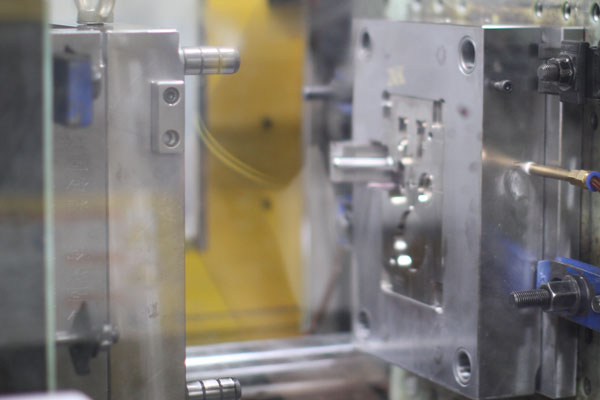
3. Verification and Iteration of Process Parameters
The setting of packing pressure requires closed-loop optimization through the following steps:
- DOE Experimental Design: Use an L9 (3⁴) orthogonal array to screen key parameters (pressure, time, temperature) and determine the optimal signal-to-noise ratio combination through the Taguchi method.
- Online Monitoring and Feedback: Deploy mold cavity pressure sensors and infrared thermometers to collect real-time data and generate 3D cloud maps of pressure-temperature-time.
- Failure Mode Analysis: For defects such as sink marks and flash, trace process parameter deviations using FMEA tools. For example:
- Sink marks: Insufficient packing pressure or short packing time
- Flash: Mismatch between clamping force and packing pressure (recommended clamping force ≥ packing pressure × projected area × 1.2)
4. Future Technological Trends
As injection molding advances toward micro/nano scales, packing pressure control faces higher challenges:
- Microcellular Injection Molding: Achieve weight reduction and strength balance by forming microcellular structures during the packing phase through supercritical fluid injection.
- AI-Driven Process Optimization: Pressure prediction models based on deep learning can adjust multi-variable parameters in real-time, improving dimensional accuracy to within ±0.02mm.
Conclusion
The setting of packing pressure is a “millimeter-level battle” in injection molding, with the core lying in the collaborative control of pressure-time-temperature to achieve a perfect match between material properties and product functionality. Process engineers must make data-driven decisions, combining principles of material rheology and mold thermodynamics to establish a dynamically optimized process system, thereby securing a technological edge in fierce market competition.
